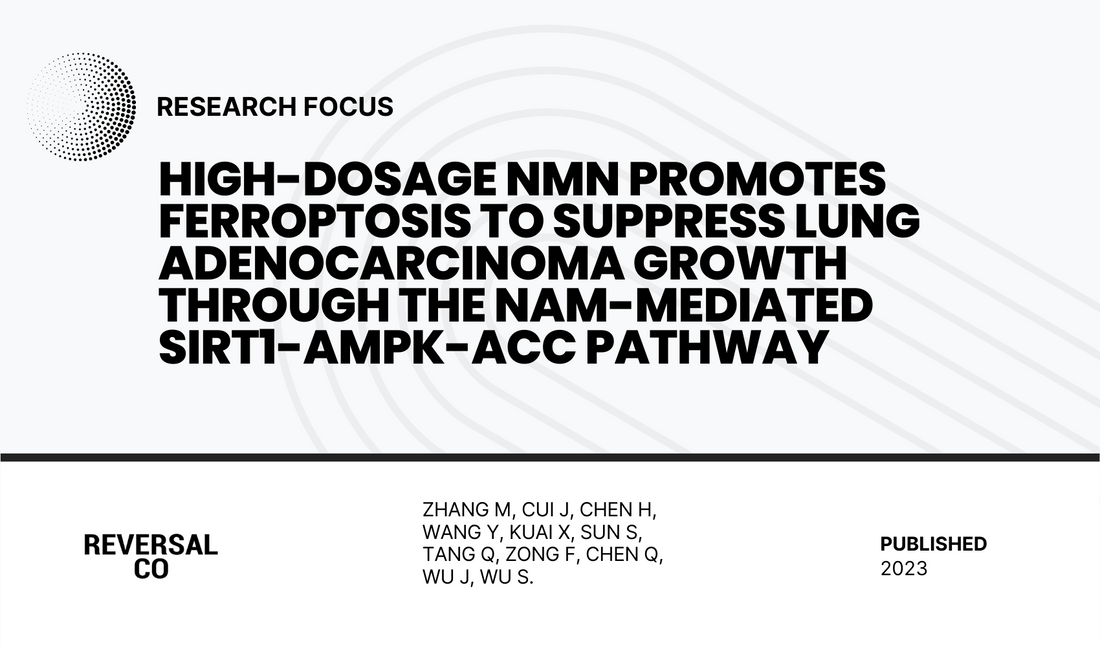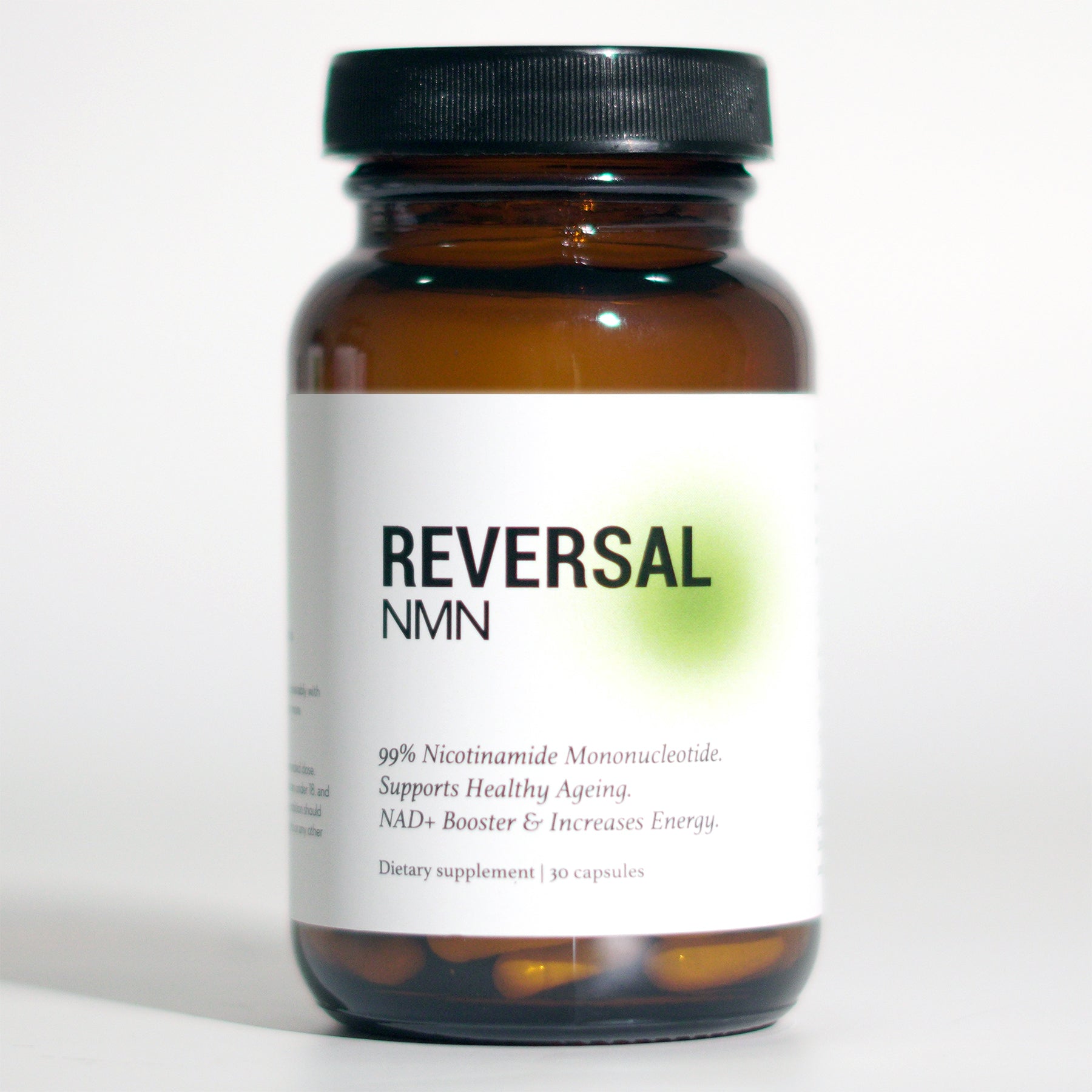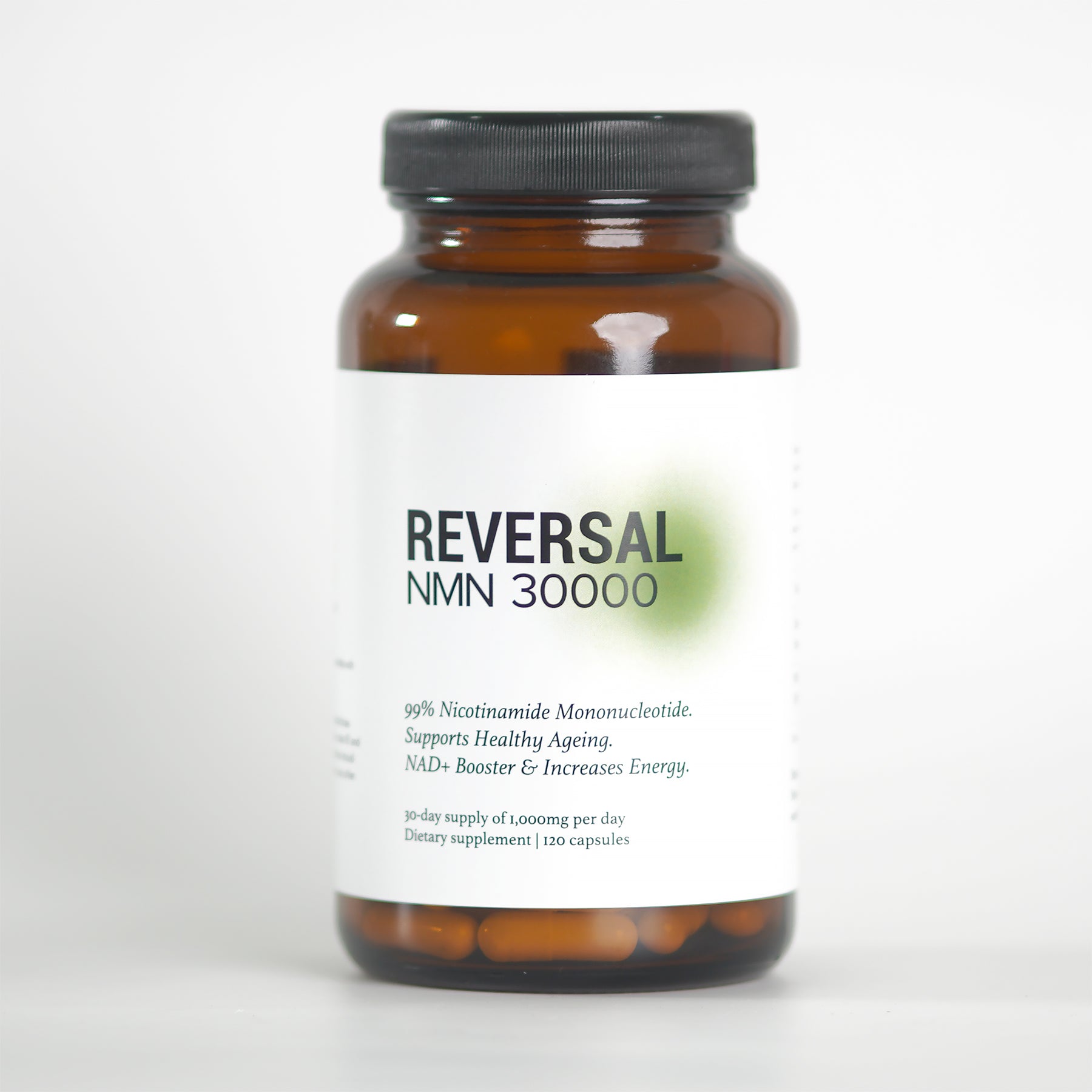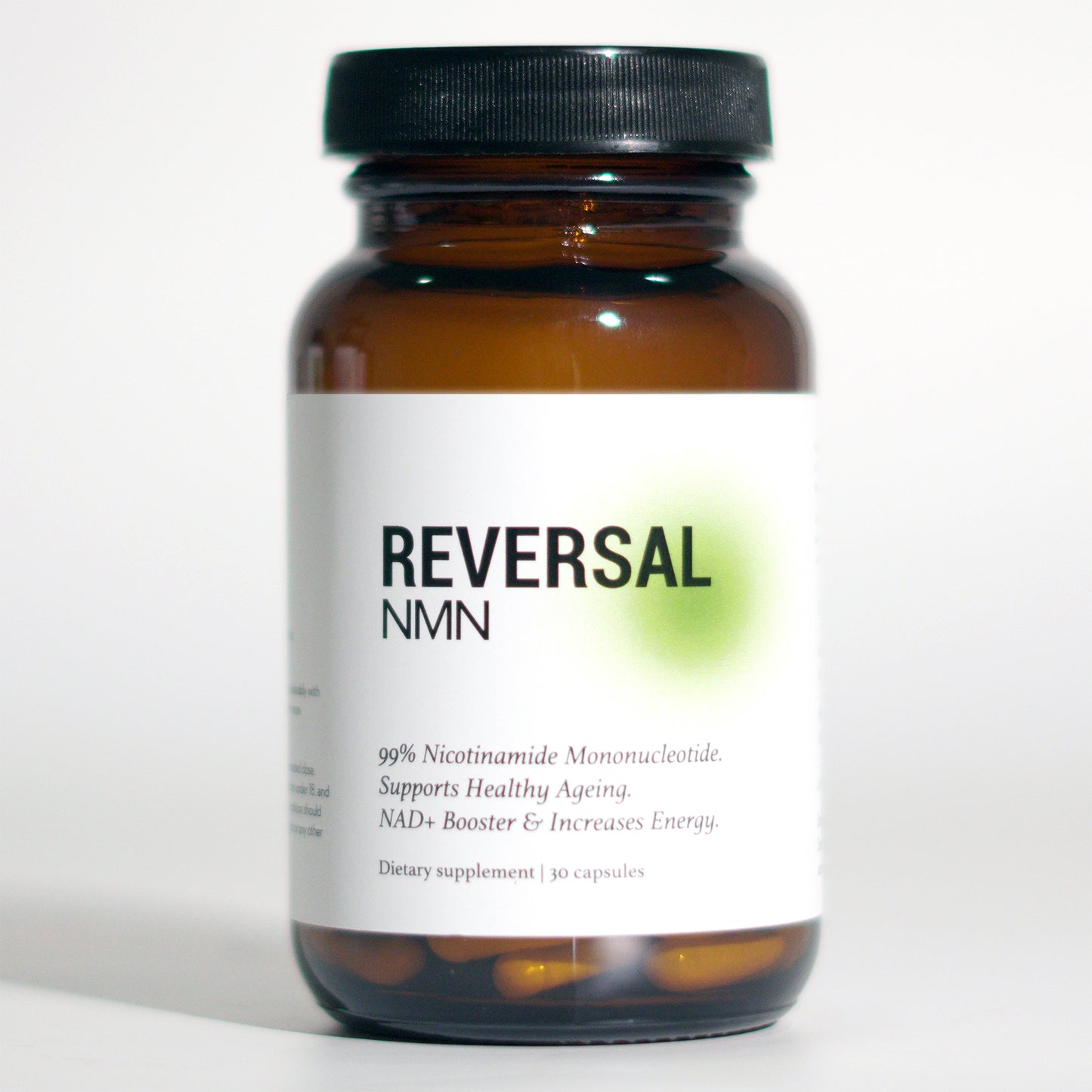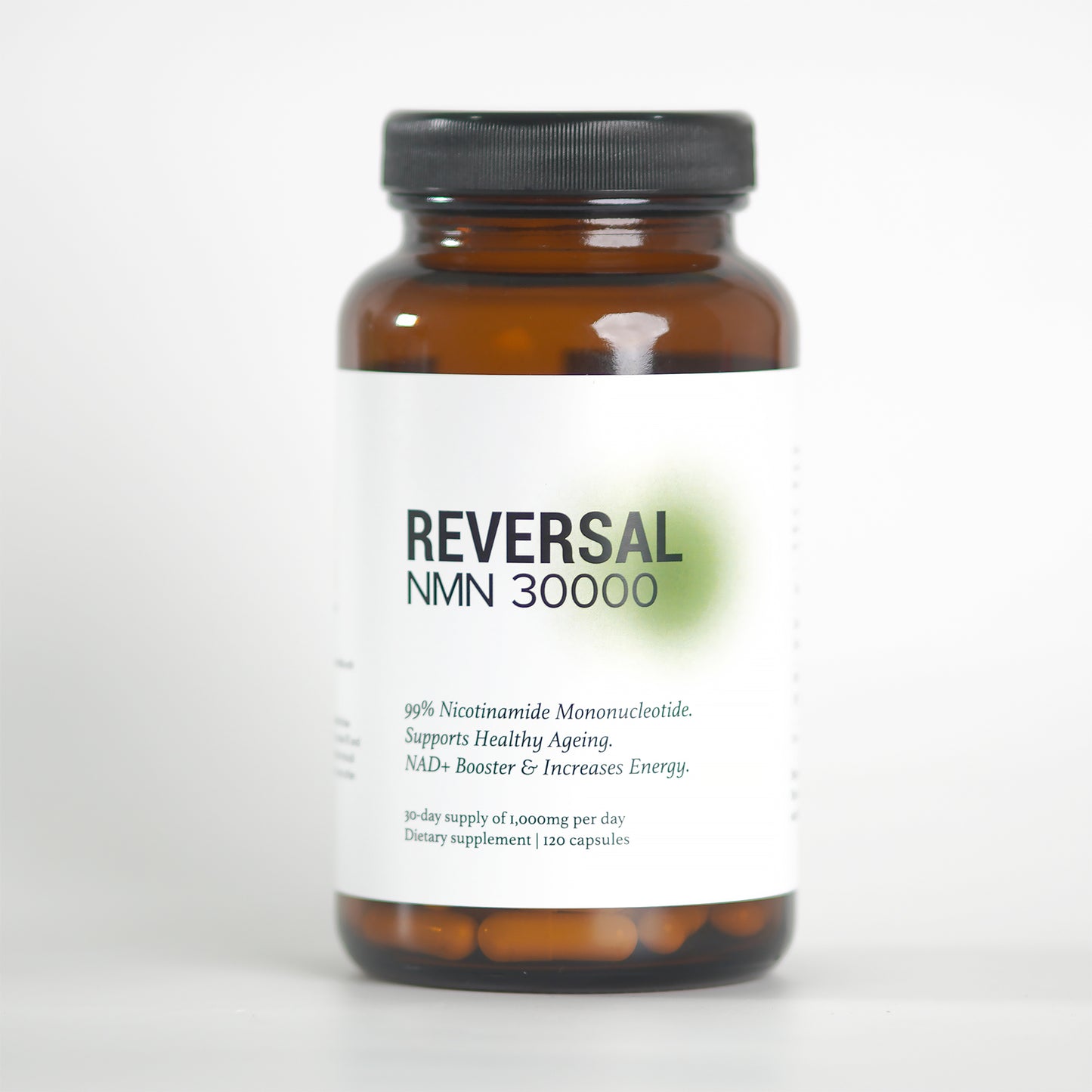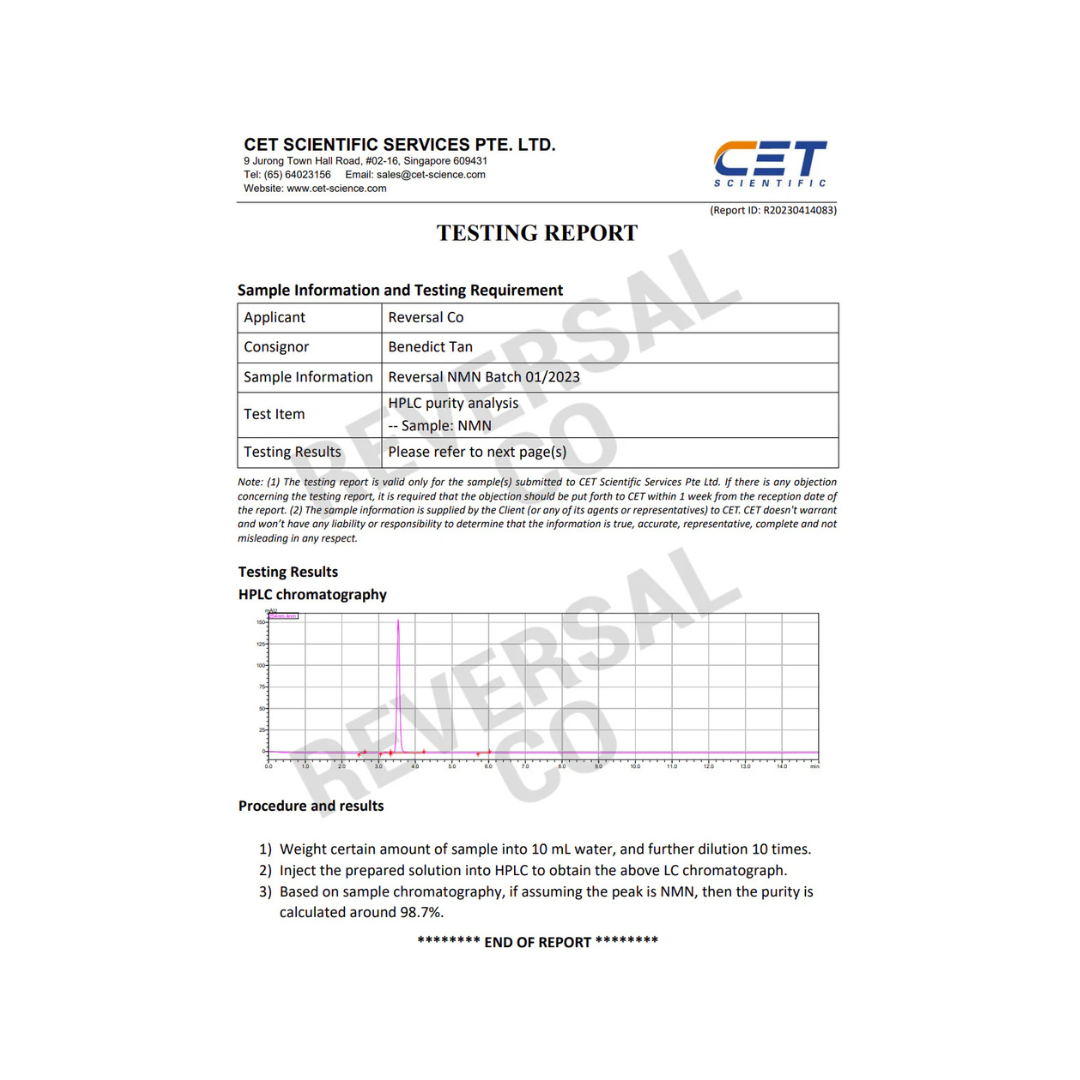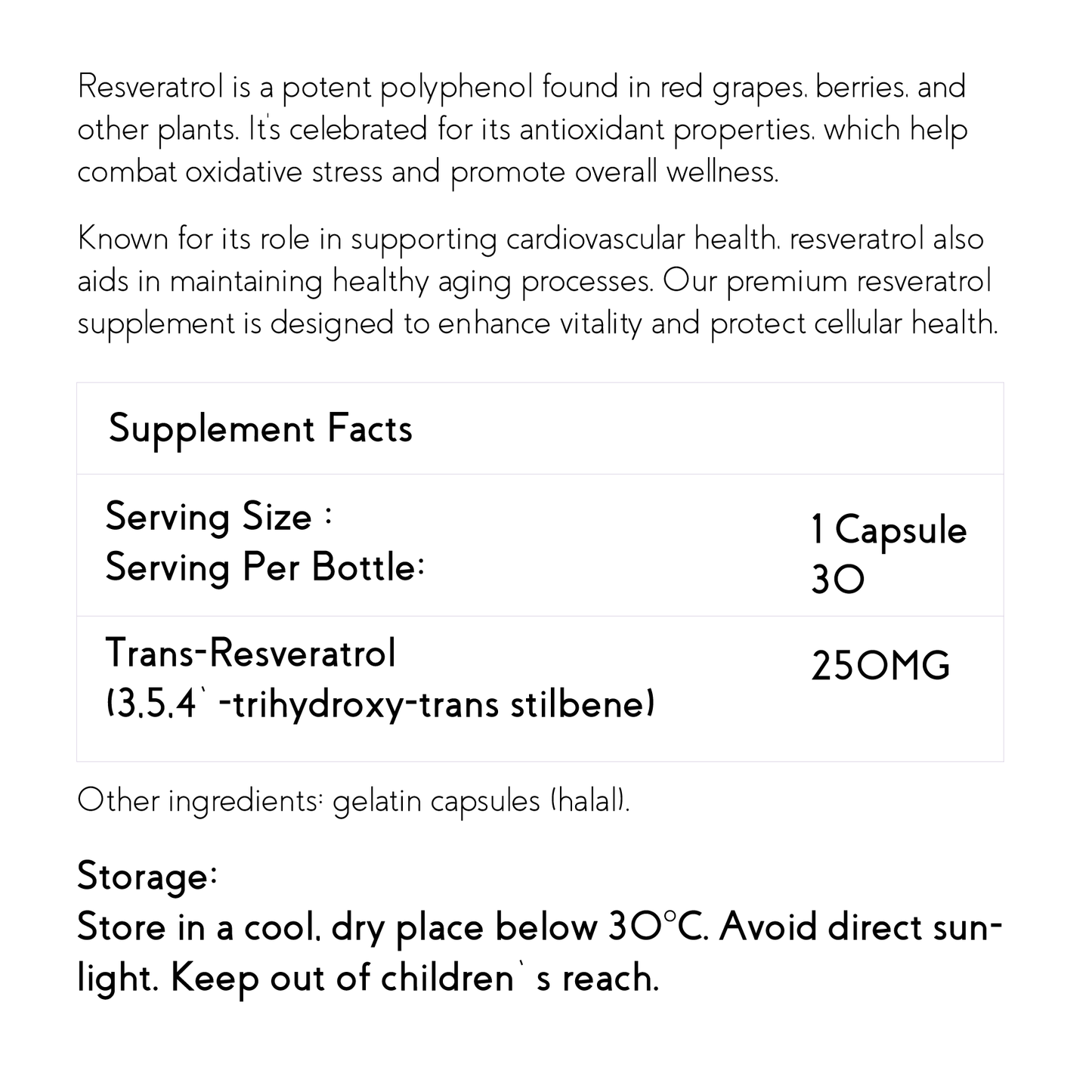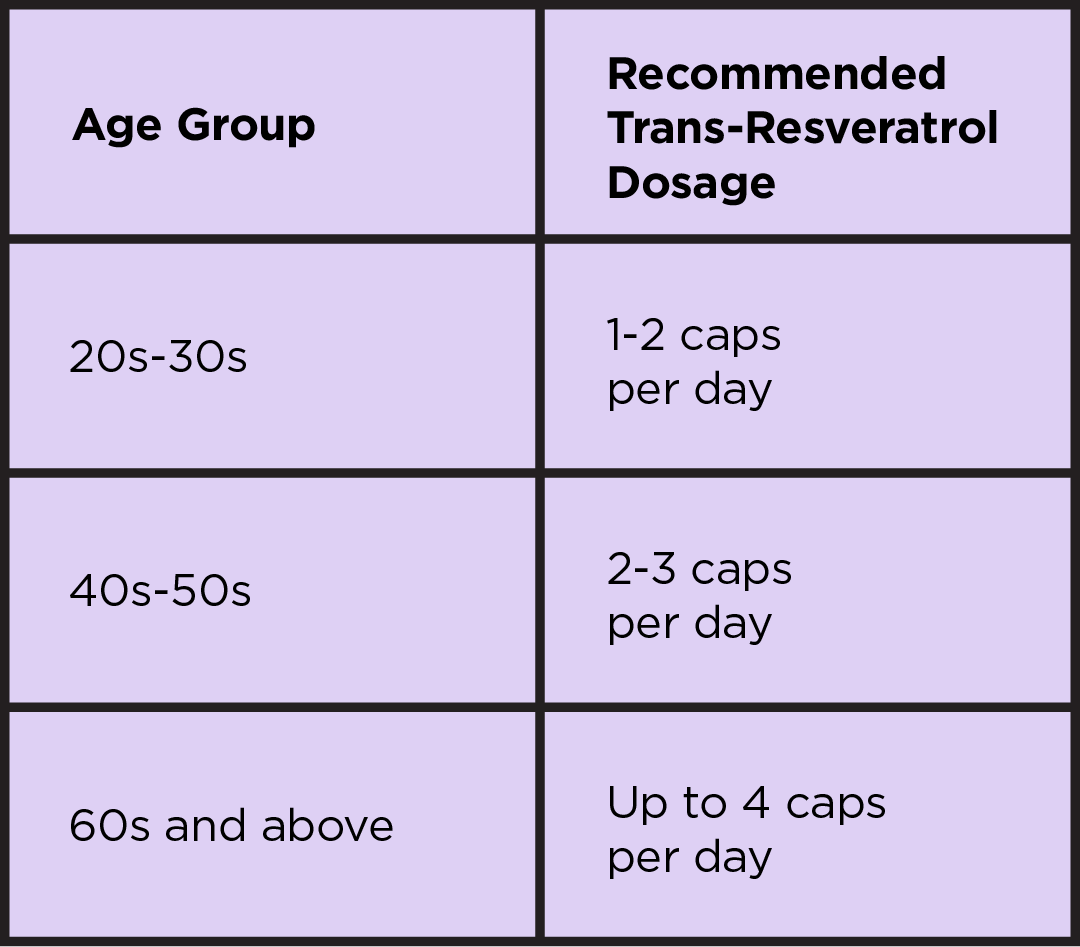High-Dose NMN Induces Ferroptosis and Inhibits Lung Adenocarcinoma Growth
Introduction
- Anti-aging interventions target age-related diseases
- Nicotinamide mononucleotide (NMN) is a potential anti-aging candidate
- NMN is involved in NAD synthesis
- Effects of NMN on lung adenocarcinoma not extensively studied
- Aging promotes lung cancer
NMN and Ferroptosis
- Ferroptosis is a regulated cell death mechanism
- NMN may regulate ferroptosis
- High-dose NMN inhibits lung cancer growth through ferroptosis
- NAM overload plays a role in suppressing lung adenocarcinoma growth
Study Methodology
- Use of lung adenocarcinoma cell lines for experiments
- Various assays used to assess cell proliferation, apoptosis, and cell death
- In vivo xenograft assays and tissue analysis conducted
Study Findings
- High-dose NMN inhibits tumor growth and induces ferroptosis in lung adenocarcinoma
- Ferroptosis induced through excessive NAM accumulation
- NAM inhibits AMPK phosphorylation through SIRT1 targeting
- ACC activation pathway triggers ferroptosis
- High-dose NMN treatment promotes ferroptosis through NAM-mediated SIRT1-AMPK-ACC signaling
Conclusion
- NMN shows potential as a therapeutic approach for lung adenocarcinoma
- Further research needed to optimize NMN treatment
Title of paper: High-Dosage NMN Promotes Ferroptosis to Suppress Lung Adenocarcinoma Growth through the NAM-Mediated SIRT1-AMPK-ACC Pathway
Author(s): Zhang M, Cui J, Chen H, Wang Y, Kuai X, Sun S, Tang Q, Zong F, Chen Q, Wu J, Wu S.
Year published: 2023
Published in: Cancers (Basel)
Original article can be found here.

